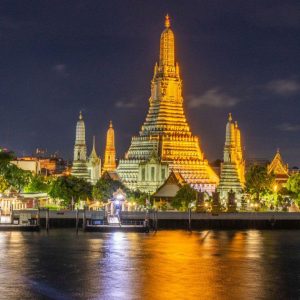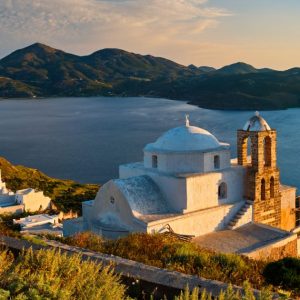Michael Edwards takes to the water
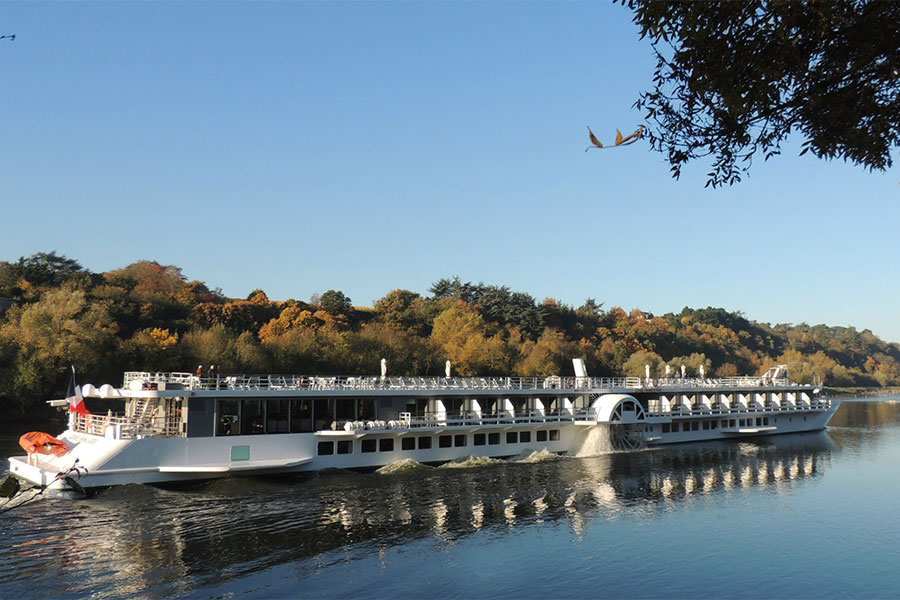
The paddle-powered Loire Princesse looks as if she has just cruised in from America’s Deep South. And, at times, it seems that the Loire is a “moon river, wider than a mile.” CroisiEurope’s light and spacious upper deck balconied cabins, plus gourmet cuisine, fulfil the dream of “crossing you in style some day”.
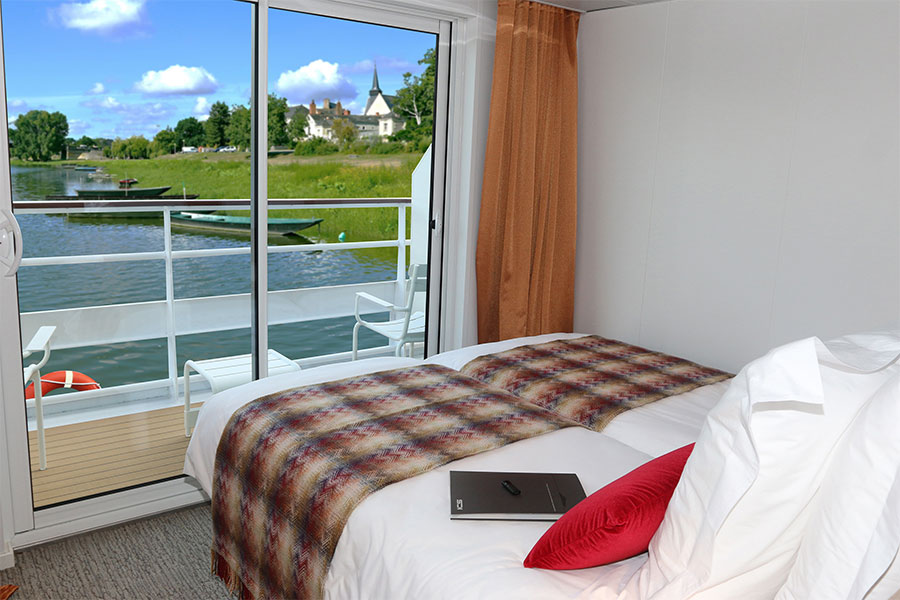
A five nights cruise, beginning and concluding in Nantes, sails downstream to France’s high-tech present at St Nazaire’s shipyard. There the tour shows how, after a year of design, €1bn cruise ships are constructed. Currently, the 22 deck Europa which is nearing completion, shows the gargantuan proportions of a ship that will eventually set sail with 6,700 passengers and 2,100 crew.
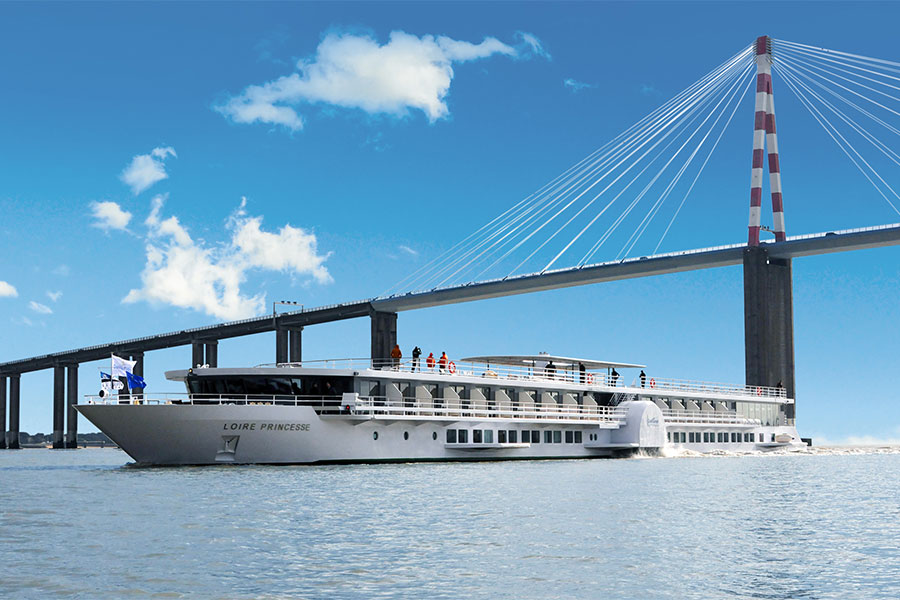
It is the 48 cabin Loire Princesse’s voyage upstream, into the historic region’s past that provides the greatest fascination. As the Loire is so shallow, coach excursions are required too. A millennium ago, even the Vikings had to leave behind their longships to rampage in smaller boats. Though, if King Francis 1, reigning from 1515 to 1547, had been able to divert the Loire away from Angers to Tour, as he wished, this might be a very different cruise.
An onboard presentation sets the scene for visits to the white-walled, grey-slate castles that lace the Loire and its tributaries. These castles became more fairy-tale and less fortress as the centuries rolled by. Eventually, mirror moats were aesthetic rather than defensive.
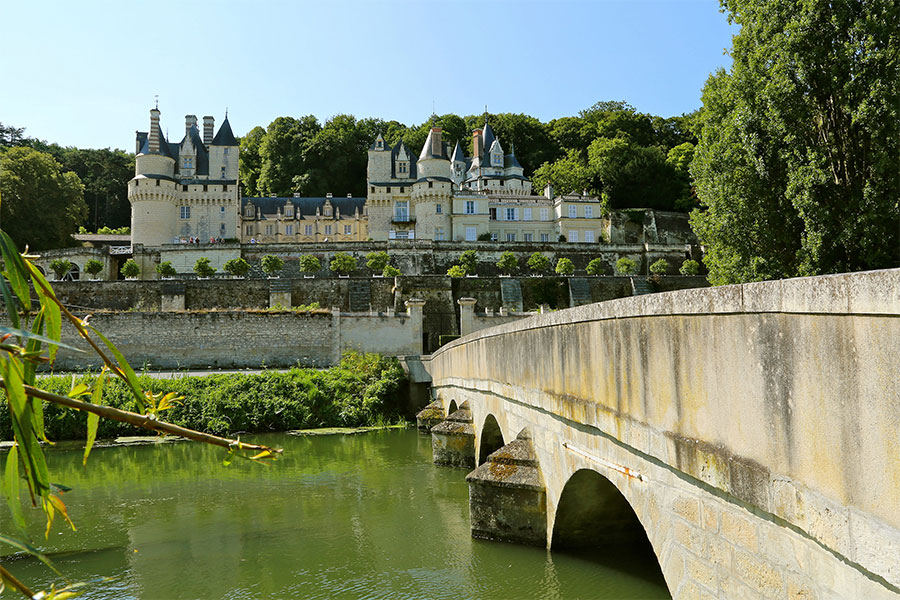
Even in the chateau room reserved for a visit from the king, the four poster beds were notably short. Probably because people slept in a half-seated position, fearing that if they slept supine, their soul might escape through their mouth. And if some of the artwork looks flatly naive it is because artists only discovered perspective during the Renaissance. CroisiEurope’s guides, informing in both English and French, give fascinating facts from a distant era.
Catherine de Medici injected some modernity to the Loire. Until her arrival most staircases were spiralled and she also civilised mealtimes with the introduction of forks. Less benignly, she introduced Machiavellian politics. Allegedly, keeping poison locked away in her bureau to eliminate opposition.
Death was never far away in these precarious times. Rushing to watch a tennis match, the vertically challenged King Charles Vlll, who was said to be little over four feet tall, bashed his head. That night, at the age of 28, he died in his sleep.
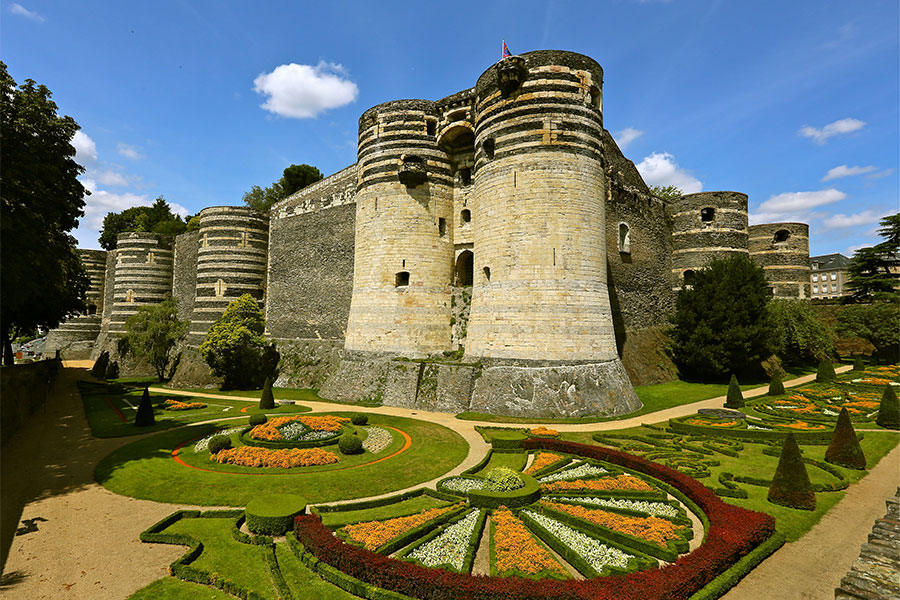
Although, probably the greatest insight into the Medieval mind is to be found within the fortifications of Angers which house the Tapestry of the Apocalypse. Using just blue and red dye its 144m metres were created over seven years, in Paris, at the end of the 14th century. Three centuries later French revolutionaries had little respect for the representation of a society where a king was God’s right hand man. They used parts of the tapestry for floor mats. Today 104 metres have been restored to tell a powerful story of heaven and hell.
A walk round Angers’ medieval lanes reveals timbered houses with hooks to haul up portions of furniture to upstairs rooms. This was long before IKEA even thought of flat pack.
Another excursion, to the charming village of Clisson on the River Moine looks as if it has accidentally arrived in Italy. Tuscan-style tiling on the villas and a distinctly Italianate church all add to the impression. Though when we visit a nearby vineyard for some tastings, the wines we sample are all Muscadet, the Loire’s favourite wine.
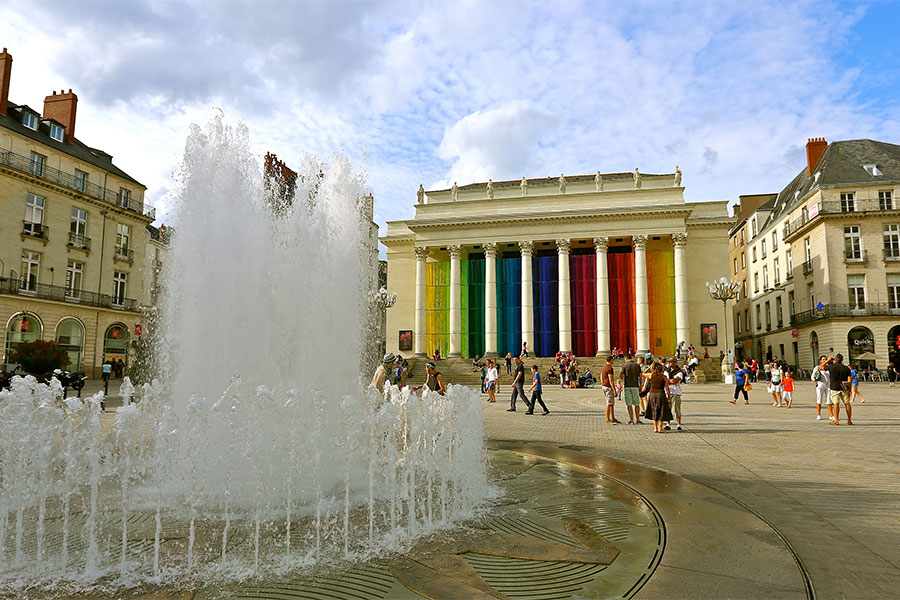
Back in Nantes, at the chateau, we learn that there were consequences for Charles Vlll’s widow after his unfortunate demise. Anne of Brittany had married Charles at the age of 14. Contractually, she was obliged to marry his successor Louis Xll in the event of Charles’ death. Dynastic alliances were everything for the French royal family.
A slave trade exhibition, within the chateau, reveals how prosperous Nantes is troubled by its conscience. Abolition did not come easily to France. Napoleon reintroduced slavery in 1802 and slavery persisted until the mid-nineteenth century, with 43% of France’s slavery ships departing from Nantes. Creatively, the city turned to biscuits to maintain its prosperity: sugar was sourced from the Caribbean and wheat grown locally.
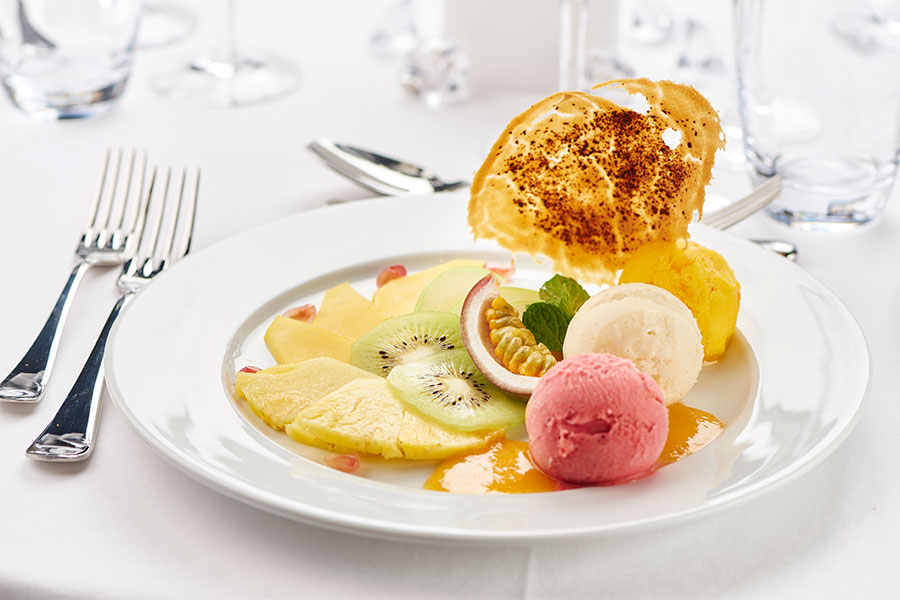
Alongside the Loire, Nantes also has the Erdre and the Sèvre rivers. One evening, after another gourmet three course meal, and instead of dancing or live music, guests are transferred to embark on a River Erdre sunset cruise. A speed limit of just 8 kilometres and legislation banning waves ensures that this river is even more tranquil than the Loire. For Nantes’ successful merchants during the 18th and 19th centuries, the peaceful banks of the Erdre were prime second-home territory.
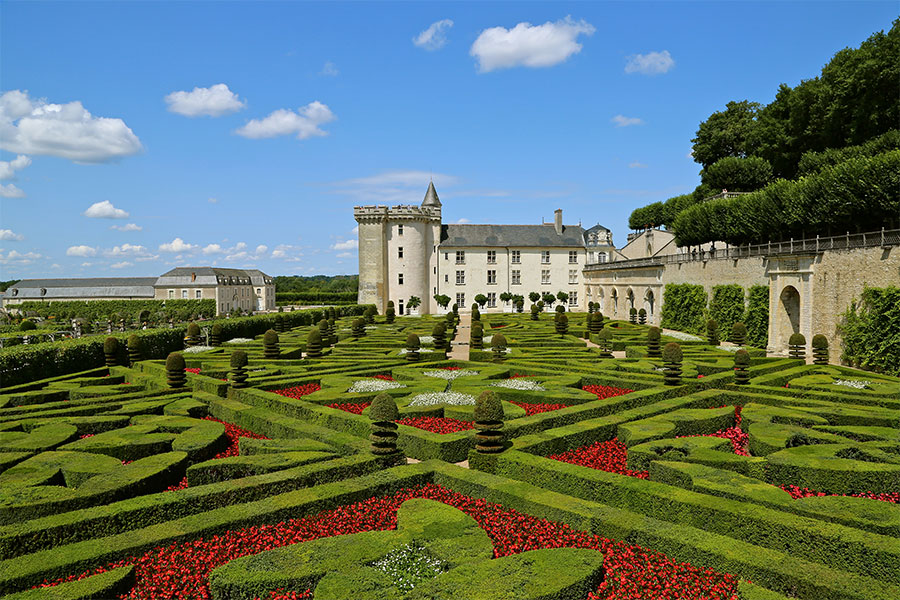
This is a busy action-packed river cruise leaving only a few spare hours for relaxing on the sun-deck. Focusing on the Western Loire, the excursions escape the madding crowds at well-known tourist hotspots such as Chambord and Chenonceau. Yet, the lesser-known chateaux of Azay de Rideau, Ussé and Villandry are all the more charming for their lack of crowds. Although CroisiEurope offer a morning tour of Classic Nantes or a Dynamic tour of the redeveloped dockyards, there is far more to see in France’s sixth largest city. At the end of the cruise it is worth finding a hotel to stay an extra night or two in stylish Nantes.
Next Steps:
CroisiEurope‘s six-day Loire cruise onboard the MS Loire Princesse runs from April to October with prices from £1,487 per person for the cruise with all meals, drinks and port taxes. Call CroisiEurope on 020 8328 1281.

